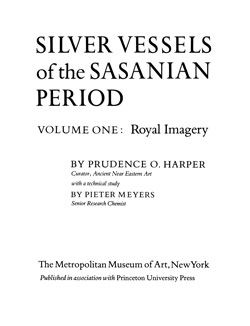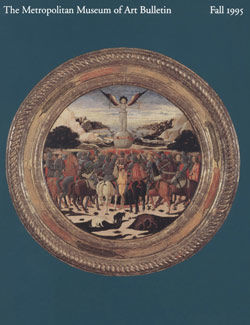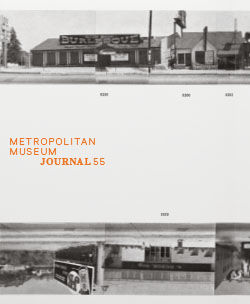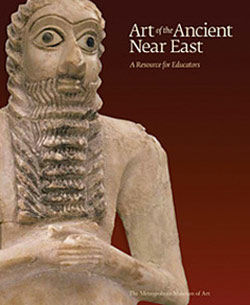Plate with a hunting scene from the tale of Bahram Gur and Azadeh
Not on view
The imagery on this plate represents the earliest known depiction of a well-known episode from the story of Bahram Gur or Bahram V, the Sasanian king (r. 420 –438). The story seems to have been popular for centuries—both in Sasanian times and under the Islamic rule that followed—but was only recorded in the Shahnamah, or Book of Kings, by Firdausi in the early eleventh century A.D., centuries after this plate was created. The Shahnamah recounts how Bahram Gur, challenged to feats of archery by his favorite musician, Azadeh, changed a male gazelle to a female and a female to a male and pinned the hind leg of an animal to its ear. This plate directly refers to the story of Bahram Gur because the horns of the male have been shot off with an arrow, transforming his appearance into that of a female, while the two arrows embedded in the head of the female make her appear to have horns like those of a male gazelle.
This plate was likely hammered into shape and then decorated to highlight its varied surface contours and colors, making its human and animal forms stand out in relief. It was partially gilded using a mixture of mercury and gold, which could be painted onto the surface. Large numbers of gold and silver vessels made during Sasanian rule in Iran and Mesopotamia have survived, demonstrating an ancient Near Eastern tradition that spread westward to the Hellenistic and Roman world, where vessels made of precious metals also became symbols of power and prestige. These objects, presumably official state products, were presented as royal gifts to persons of importance within Sasanian Iran and beyond its borders.
[adapted from Benzel, Kim, Sarah B. Graff, Yelena Rakic, and Edith W. Watts. 2010]
Due to rights restrictions, this image cannot be enlarged, viewed at full screen, or downloaded.



















